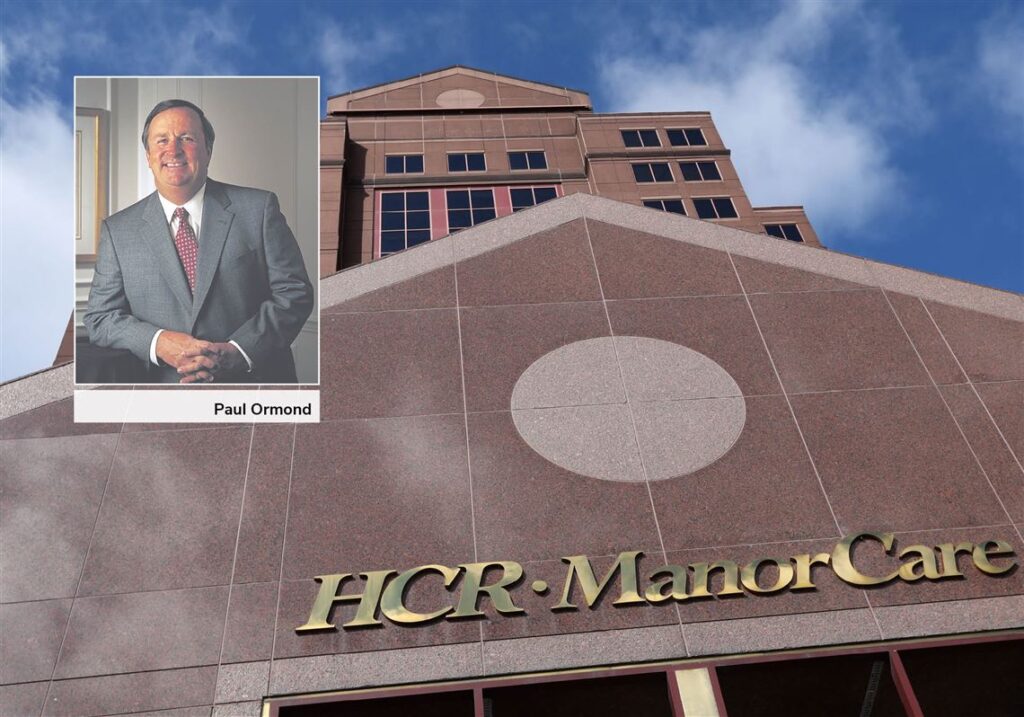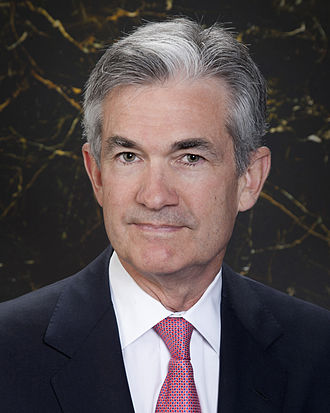By Dave Kingsley
Private Equity is One Model in an Array of Business Models Comprising the Long-term Care Provider Subsystem.
It is practically de rigueur these days to focus on private equity ownership of “nursing home chains” as the leading culprit in lowering the quality long-term care. I am noticing this tendency on the part of progressive politicians, researchers, advocates, and activists. No doubt, major private equity buyouts of long-term care chains have proven lucrative to PE firms and their investors while they have been disastrous for patients, families, employees, taxpayers and communities.
Nevertheless, complex, dynamic social systems cannot be reduced to a few variables. In science that is known as reductionism – a fallacy. Far too many factors are overlooked when systems are reduced to a few variables or a single subsystem. The system of long-term care facilities is complex and dynamic with a large number of interacting and reinforcing subsystems.
The corporate subsystem itself is comprised of a variety of ownership structures. In addition to PE firms, long-term care corporations are organized as publicly listed holding companies, Real Estate Investment Trusts, family trusts, family offices, and limited liability corporations. Most of the firms operating long-term care facilities are closely held and the public has no access to their financial statements.
Approximately 25% of long-term care corporations are 501(c)(3) nonprofit entities. A small number of nonprofit run facilities are high quality facilities. Although the nonprofits have, on average, slightly higher scores on measures of quality, e.g., higher RN hours, lower number of complaints, and abuse and neglect cases. However, many nonprofit operations are substandard. For instance, the Evangelical Lutheran Good Samaritan chain runs on of the largest chains in the United States and has a poor track record and lower than average scores on measures of quality.
Major Subsystems of the Long-term Care System
In addition to corporations reimbursed for providing care, federal and state legislatures, government agencies, trade associations, and advocacy organizations are major subsystems of the long-term care system. My research and observations have led me to hypothesize that these systems interact in a manner that reinforces the fundamental model of care that has been standard since inception of publicly funded long-term care, which is “the total institution.”
Evidence for this hypothesis will be presented over time on this blog. Also, I believe that too much focus on the PE subsystem distracts from the impact of macroeconomic trends since the 1970s. Economic and managerial philosophy has shifted finance from an auxiliary role in corporate governance to the dominant role. The purpose of corporations has become finance rather than production of goods and services. The long-term care system is part of the larger economic system which has become increasing characterized by management that values investors and treats stakeholders as resources to be exploited.
Furthermore, the legal structures of trusts and corporations are designed for tax avoidance, debt, and asset protection and enhancement. High net worth individuals can utilize these structures to pass more of their wealth to heirs and keep it out of the grasp of the IRS. Not only does this system allow wealthy individuals and families to extract middle- and low-income assets for their own benefit, it allows them to avoid their obligations to the society that enriches them.


